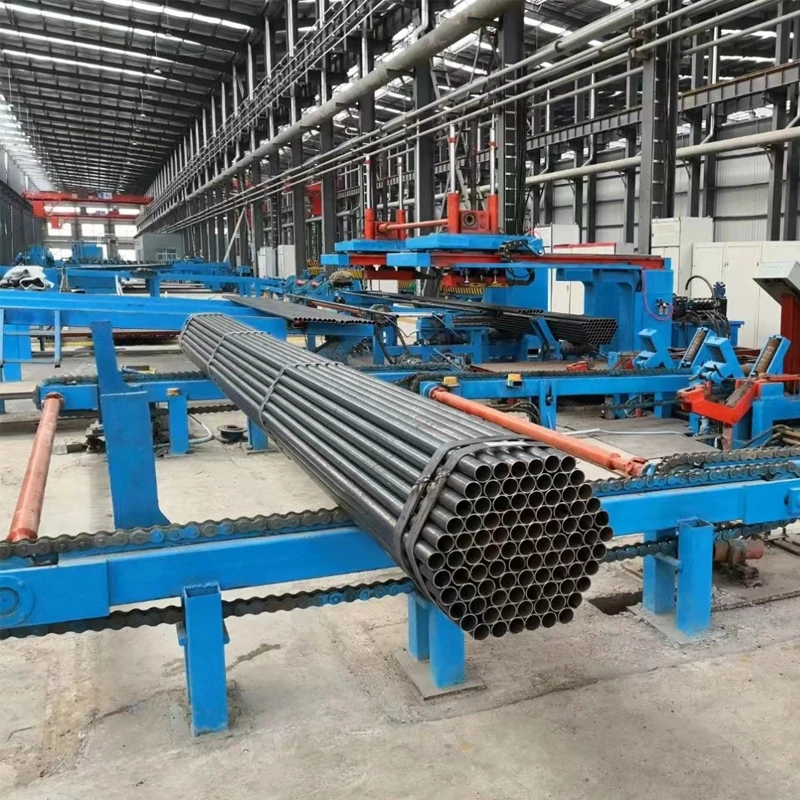rotary shear
Understanding Rotary Shear A Vital Tool in Modern Manufacturing
In the realm of manufacturing and industrial processes, the need for precision and efficiency is paramount. One of the crucial tools that cater to these needs is the rotary shear. This device plays a significant role in various applications, particularly in the metalworking and sheet processing industries. In this article, we will delve into the workings of rotary shears, their applications, benefits, and the technological advancements that have enhanced their functionality.
What is Rotary Shear?
A rotary shear is a cutting machine that uses rotary blades to shear or cut materials, primarily sheets of metal, plastic, or rubber. These shears operate by feeding the material between two or more rotating blades. The blades are designed to exert a force that effectively slices through the material, ensuring clean and precise cuts. The design and mechanism can vary, but most rotary shears utilize circular blades that rotate at high speeds.
Applications of Rotary Shear
Rotary shears are widely used in various industries, with some of the most significant applications including
1. Metal Fabrication In the metalworking industry, rotary shears are essential for cutting metal sheets into specific dimensions. They provide high-speed cutting capabilities, which are crucial for high-volume production.
2. Printing and Packaging In the printing sector, rotary shears are used to trim printed materials, fold paper products, and cut packaging materials. The precision offered by these shears ensures that the final products meet stringent quality standards.
3. Textile Industry Rotary shears are employed to cut textiles in a fast and efficient manner. They allow for the layering of materials, which speeds up the cutting process and minimizes waste.
4. Rubber and Plastics In the production of rubber and plastic components, rotary shears help in achieving uniformity and precision. They are often used to cut sheets of rubber and plastic into specific sizes for further processing.
Benefits of Rotary Shear
rotary shear

The use of rotary shears comes with several advantages
- Efficiency Rotary shears operate at high speeds, allowing for rapid cutting of materials without compromising on quality. This efficiency is particularly advantageous in high-demand industries.
- Precision The design of rotary shears ensures that cuts are clean and accurate. This level of precision helps to reduce the amount of material wasted and minimizes the need for secondary operations.
- Versatility Rotary shears can handle a variety of materials, including metals, plastics, and textiles. This versatility makes them a valuable asset across multiple industries.
- Reduced Labor Costs By automating the cutting process, rotary shears can help reduce labor costs. Fewer operators are needed for manual cutting tasks, allowing businesses to allocate their human resources to other areas.
Technological Advancements
The evolution of technology has significantly impacted rotary shears. Modern rotary shears are often equipped with advanced features like programmable controls and automated settings. Information technology has integrated into manufacturing processes, allowing for real-time monitoring and adjustments. This enhancement aids in maintaining cutting precision and efficiency, thereby reducing downtime during production.
Moreover, the introduction of high-performance materials for blades has extended the lifespan of rotary shears. Manufacturers are now able to produce blades that withstand wear and tear, reducing maintenance costs and ensuring consistently high-quality cuts.
Conclusion
Rotary shears represent a fundamental aspect of modern manufacturing processes. Their ability to provide efficient, precise, and versatile cutting solutions makes them indispensable across various industries. With ongoing technological advancements, the functionality and reliability of rotary shears are expected to improve further, catering to the ever-evolving demands of the manufacturing sector. As industries continue to push for higher efficiency and lower operational costs, rotary shears will undoubtedly remain a crucial tool in achieving these goals.
-
High Frequency Straight Seam Welded Pipe Production Line-BzZhou Xinghua Machinery Equipment Manufacturing Co., LTD.|line pipe steel&welded gas pipeNewsJul.30,2025
-
High Frequency Straight Seam Welded Pipe Production Line-BzZhou Xinghua Machinery Equipment Manufacturing Co., LTD.|High Precision&Automated SolutionsNewsJul.30,2025
-
High Frequency Straight Seam Welded Pipe Production Line - BzZhou Xinghua Machinery Equipment Manufacturing Co., Ltd.NewsJul.30,2025
-
High Frequency Straight Seam Welded Pipe Production Line-BzZhou Xinghua Machinery Equipment Manufacturing Co., LTD.|Precision Welding, High EfficiencyNewsJul.30,2025
-
High Frequency Straight Seam Welded Pipe Production Line|BzZhou Xinghua|Precision Welding&EfficiencyNewsJul.30,2025
-
High Frequency Straight Seam Welded Pipe Production Line - BzZhou Xinghua|Precision Engineering&EfficiencyNewsJul.30,2025


